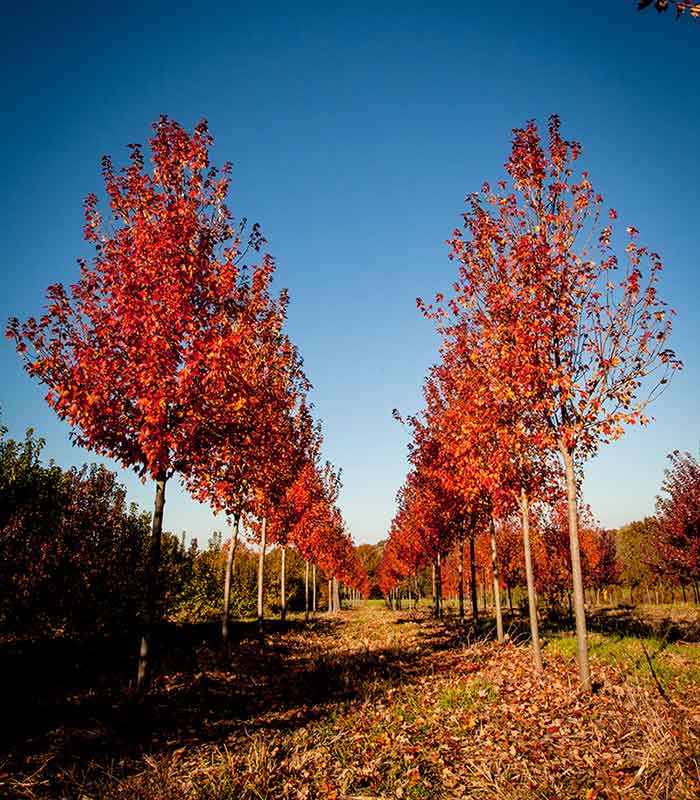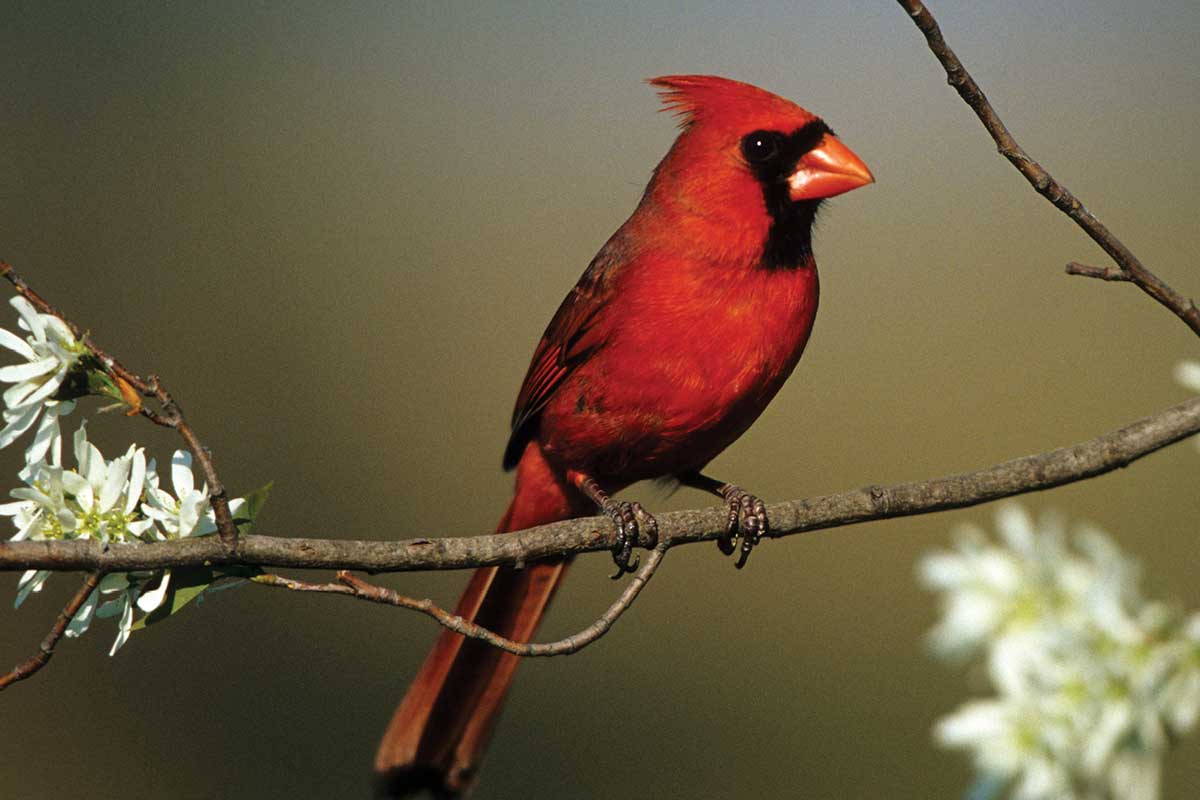This article is presented in partnership with Rost, Inc.
If trees could talk, they would have a lot of stories. Some would tell stories of kids growing up in backyards, and some would tell you about the life of a couple they memorialize, while others would speak of the new homeowners they celebrated. Whether for ornamental, shade, or screening purposes, among others, trees are critical to a home or business, and Rost, Inc.’s four-hundred-acre tree farm located in mid-Missouri supplies Superior Garden Center and the Rost Landscaping crews with a large portion of their inventory as well as ships trees to other nurseries around the Midwest.
Missouri-hardy trees thrive in Missouri’s climate and soil. They have a high success rate and the farm experts take pride in growing and supplying them to Missourians. At the tree farm more than fifty varieties of trees are grown, including crabapples, cypress, oaks, maples, birches, elms, and evergreens among others. Growing trees for Missouri in Missouri benefits the health of a tree. Growing trees locally reduces transplant shock and allows Rost to work with the trees and learn more about them as they grow. This means that the Rost crew is more invested in the success of a tree once it is purchased. Years of work go into each tree brought to the garden center.

The specialists at the garden center cite autumn as the best time of year to plant many trees. Planting a tree in the fall gives it three seasons of root growth before summer comes and the tree begins top growth. This time of year also reduces transplant shock. Not only is it a great time for homeowners to plant trees, but it’s also an ideal time for the “digging process” at the tree farm. Crews at the tree farm wait for dormancy as less stress is put on the tree if it is moved after it has defoliated. They then dig a wide rootball that is determined by the size of the tree. The rootball is wrapped in burlap and a wire basket. This traditional practice keeps dirt tightly wrapped around the roots to minimize root movement. The crew uses untreated, one-year burlap, designed to organically decompose in a year. The trees are then loaded on a truck and delivered to the garden center for fall and the following spring inventory. Although autumn is an ideal time to dig, some trees require spring digging.
Once the tree is purchased, it needs specific care. The planting process begins by digging a hole, of course. Depending on soil conditions, the hole should be up to twice as wide and almost as deep as the rootball of the tree. Then the tree should be placed in the hole with the burlap and wire basket of the rootball still intact for stability and minimal root movement. As a result, trees planted like this will rarely need to be staked. Roots grow through the wire baskets and burlap easily and without harm. (Tree roots can grow through concrete and rocks!) Then the tree must be watered thoroughly.
The next step in the tree-planting process is to cut the twine from around the tree’s trunk to avoid girdling and then fill the hole with topsoil. Topsoil is suggested instead of replacing the same dirt because Missouri soil is rich in clay. Mulching the tree will help retain moisture. Root stimulator is also highly recommended. After the tree is planted, water the tree every one to two weeks (depending on rainfall) by letting a hose slowly drip and soak the roots for thirty minutes. This encourages deep, healthy root growth. However, keep in mind, that over-watering is often a bigger problem than lack of water. Do not fertilize the tree after September, but rather, wait until spring. Encouraging new growth close to a frost is hard on the new tree.
From the initial planting, growth, and care for the trees to planting thousands of them at residential and commercial properties for the last thirty-five years, Superior Garden and Rost Landscaping has used tried-and-true methods backed by research in order to provide beautiful trees that do well in Missouri.
Related Posts
Missouri’s Native Flowering Trees
Missouri blooms in spring with native trees showing off their glories. Consider adding our native trees to your own landscape. They frequently have the advantage of requiring less water and lower maintenance, and they provide food for wildlife.
Get Familiar With Wood Products Made From Native Trees
Fresh from the family farm, Cedar Creek Hardwoods is bringing the beauty of Missouri native wood to those who want to capture that Show-Me style in their own personal way.



